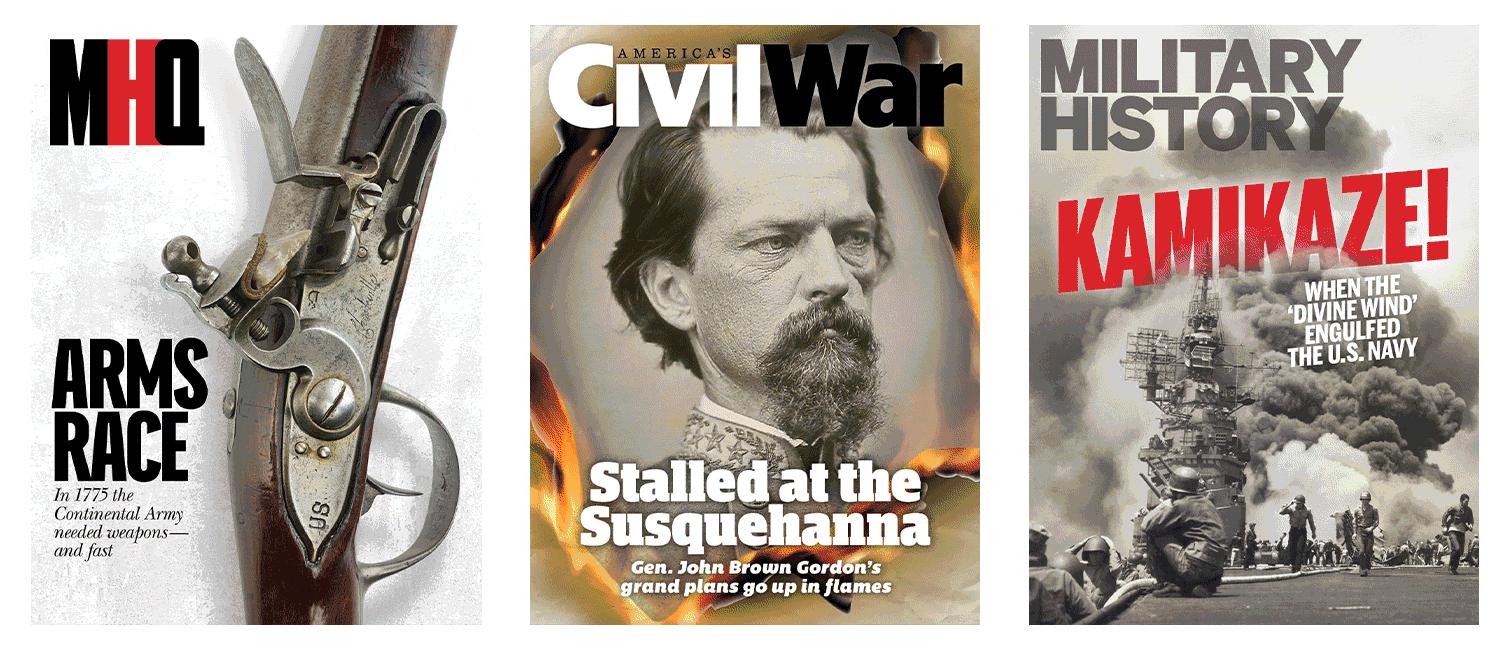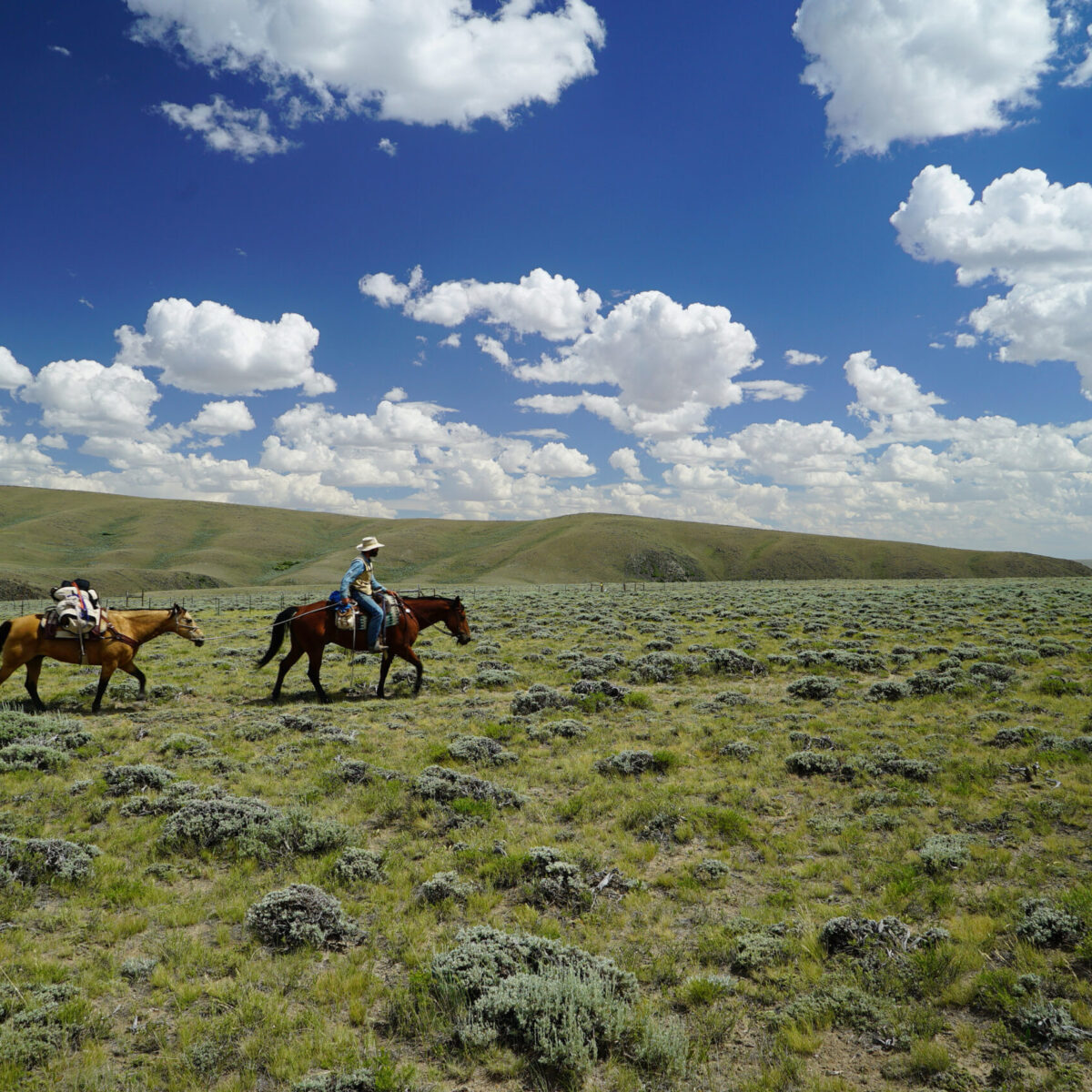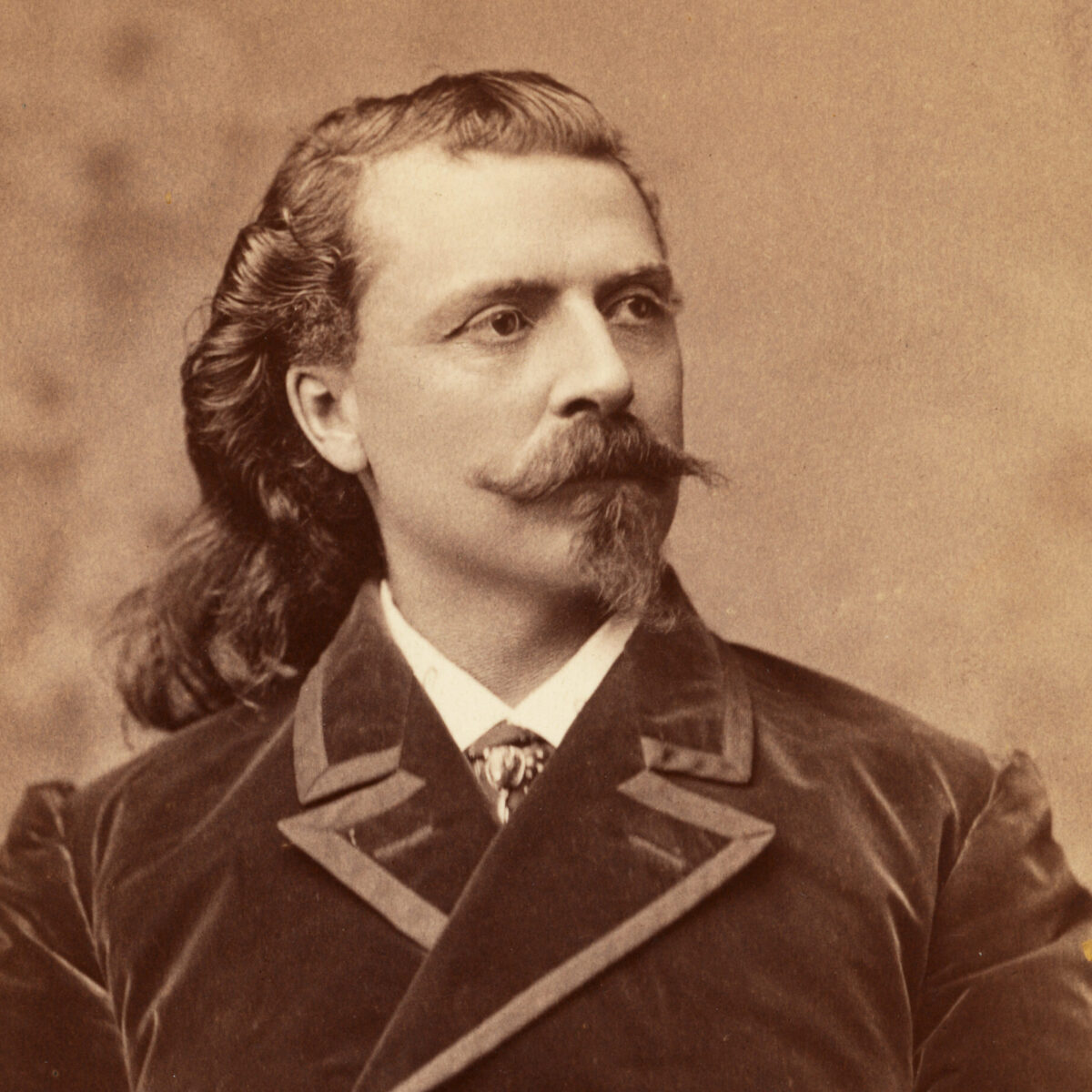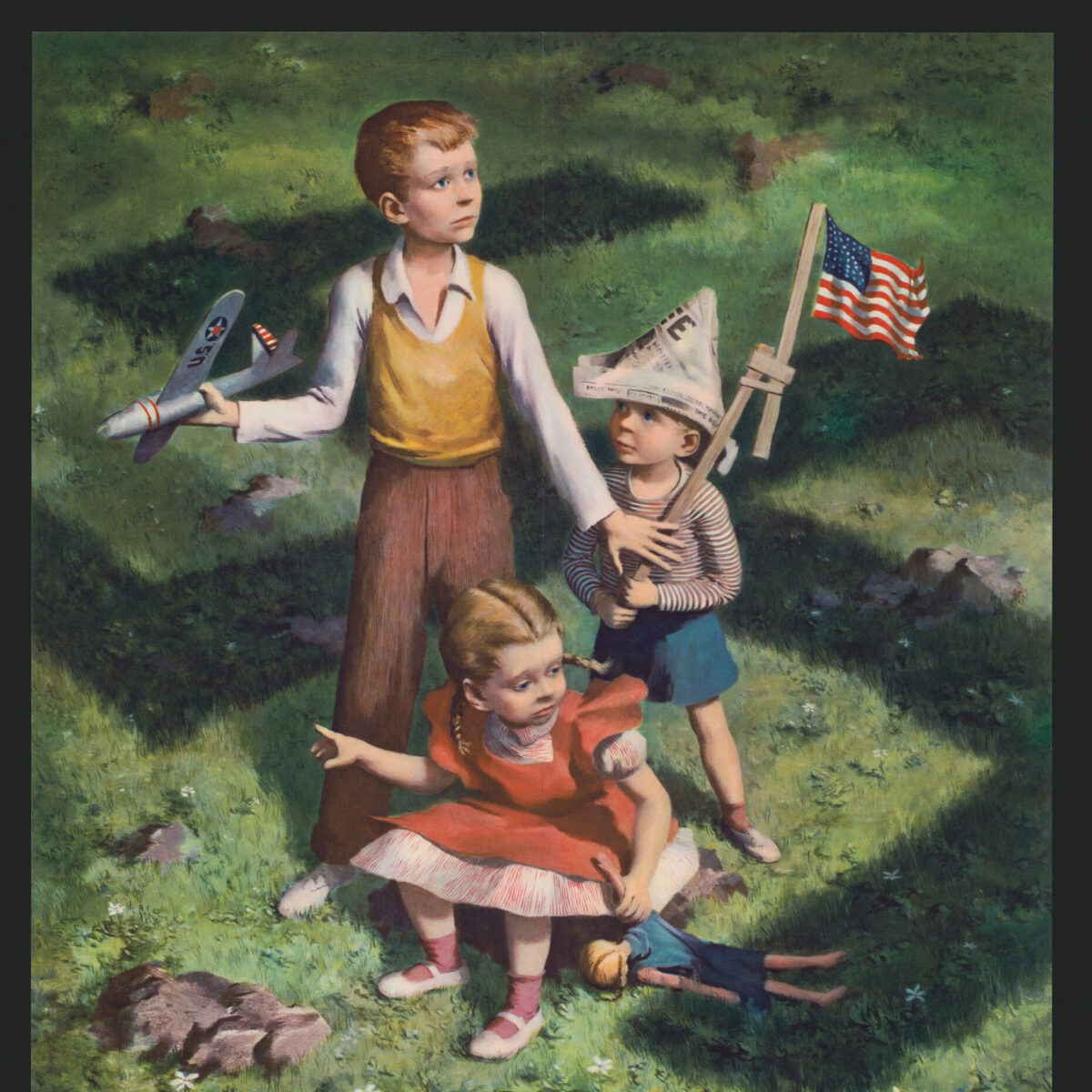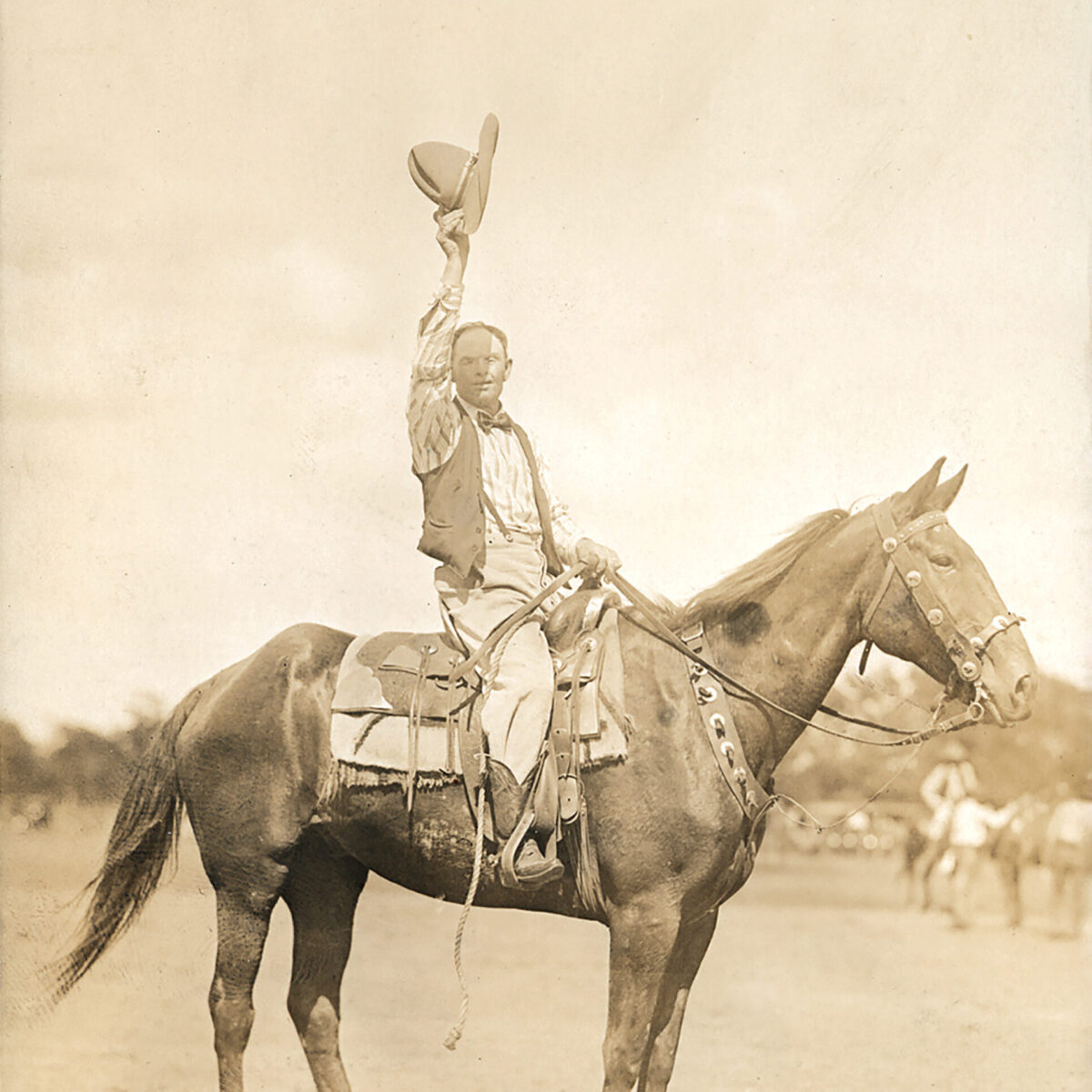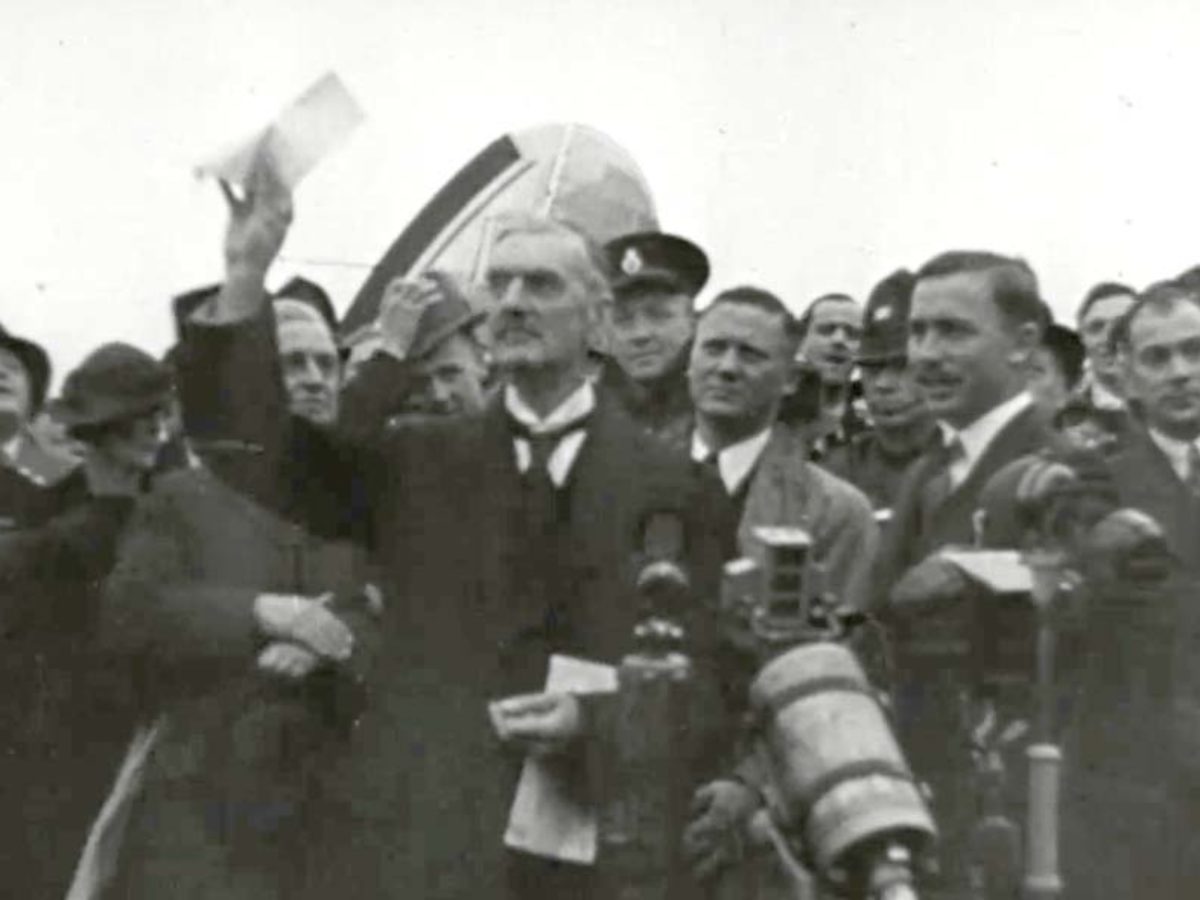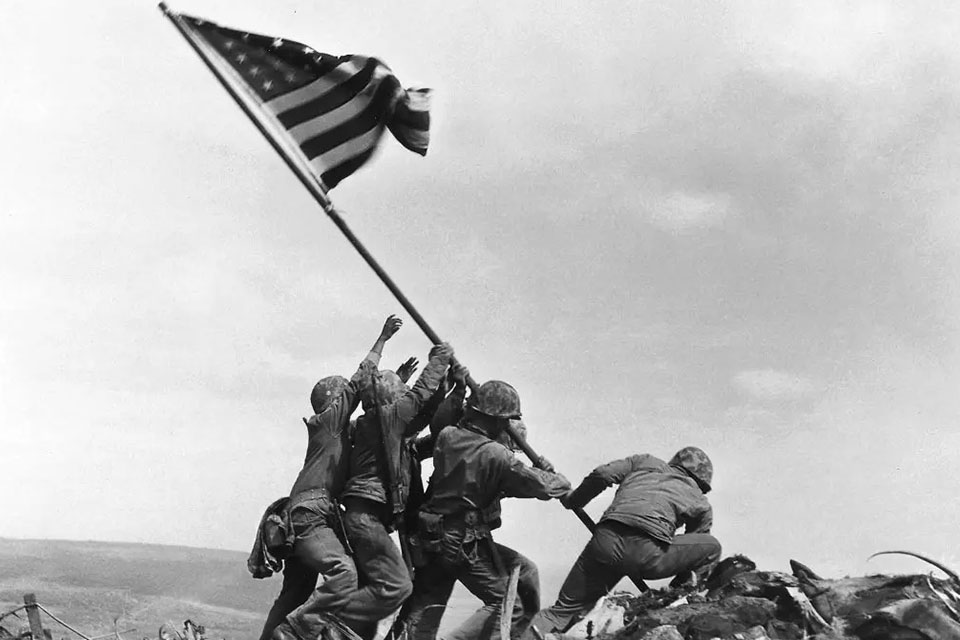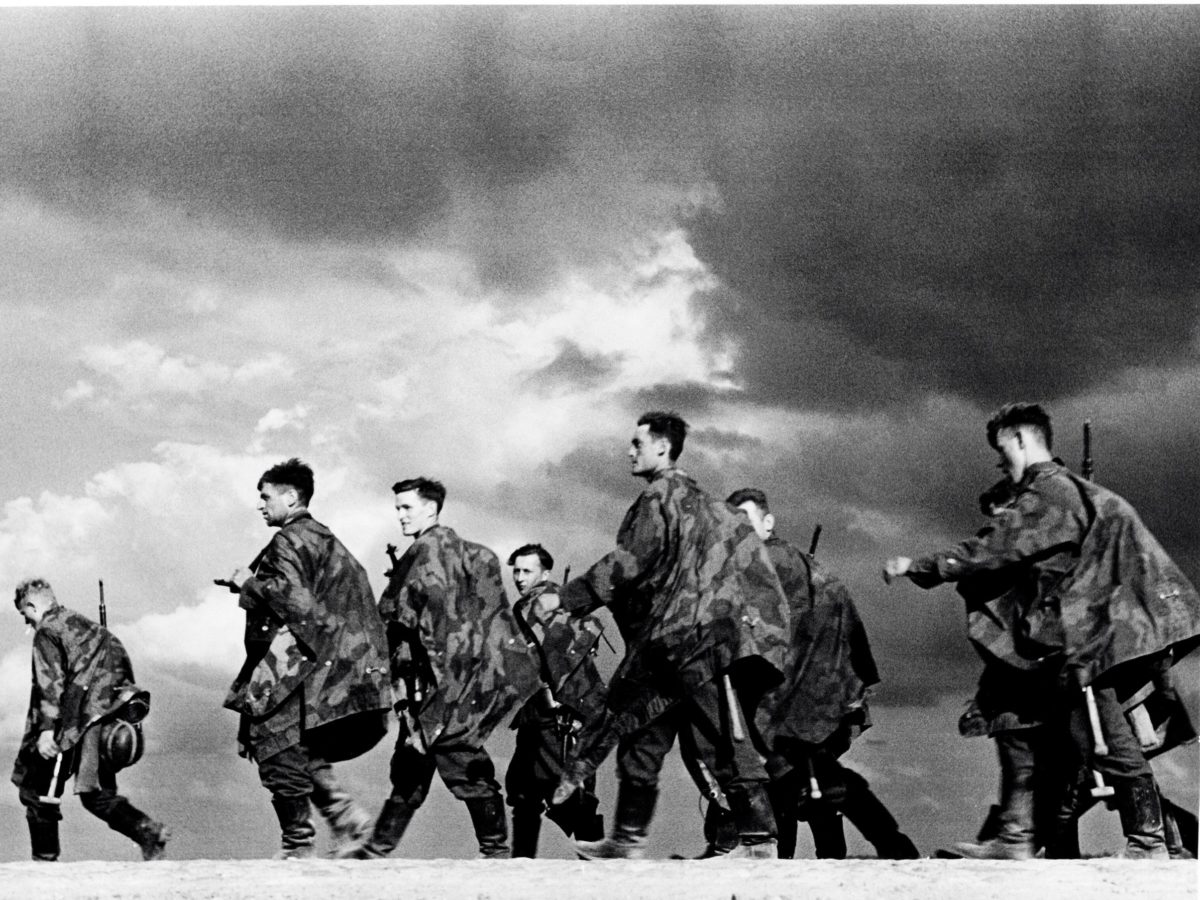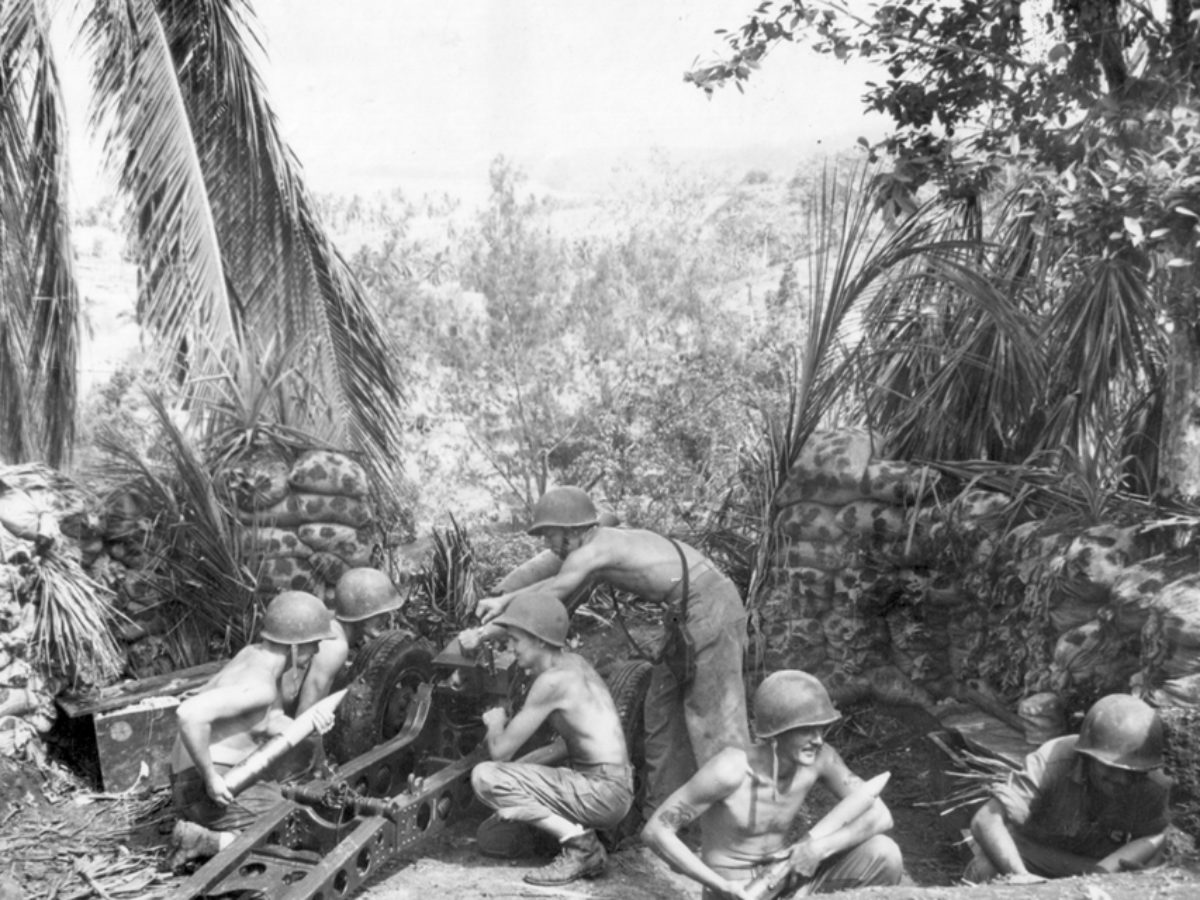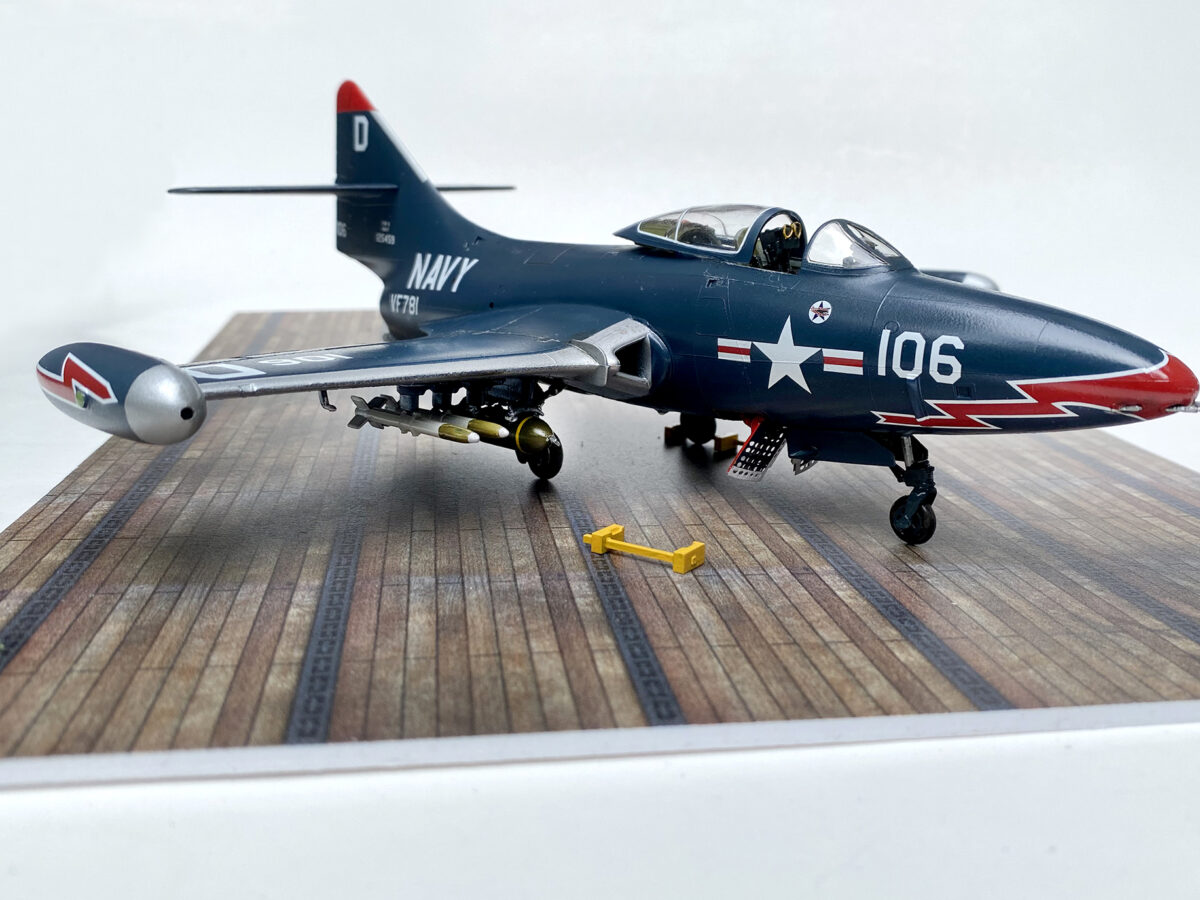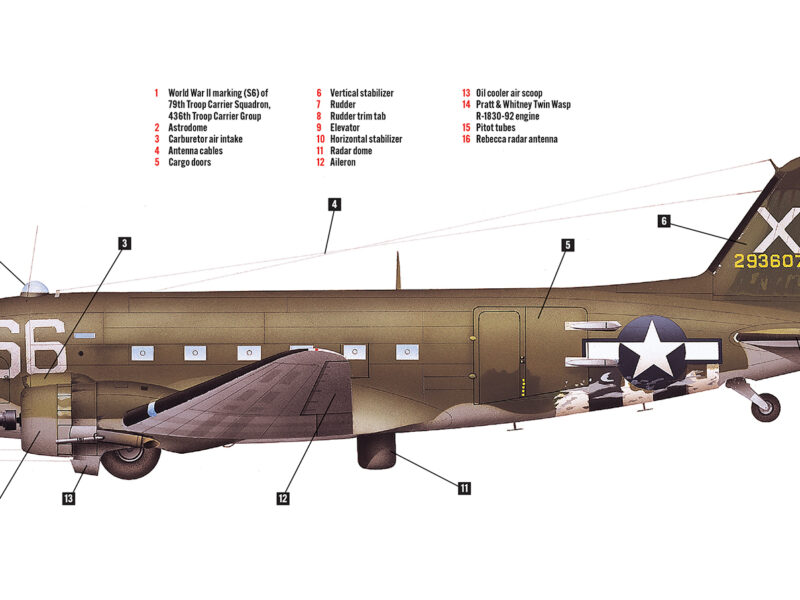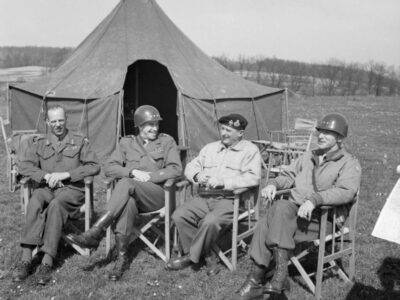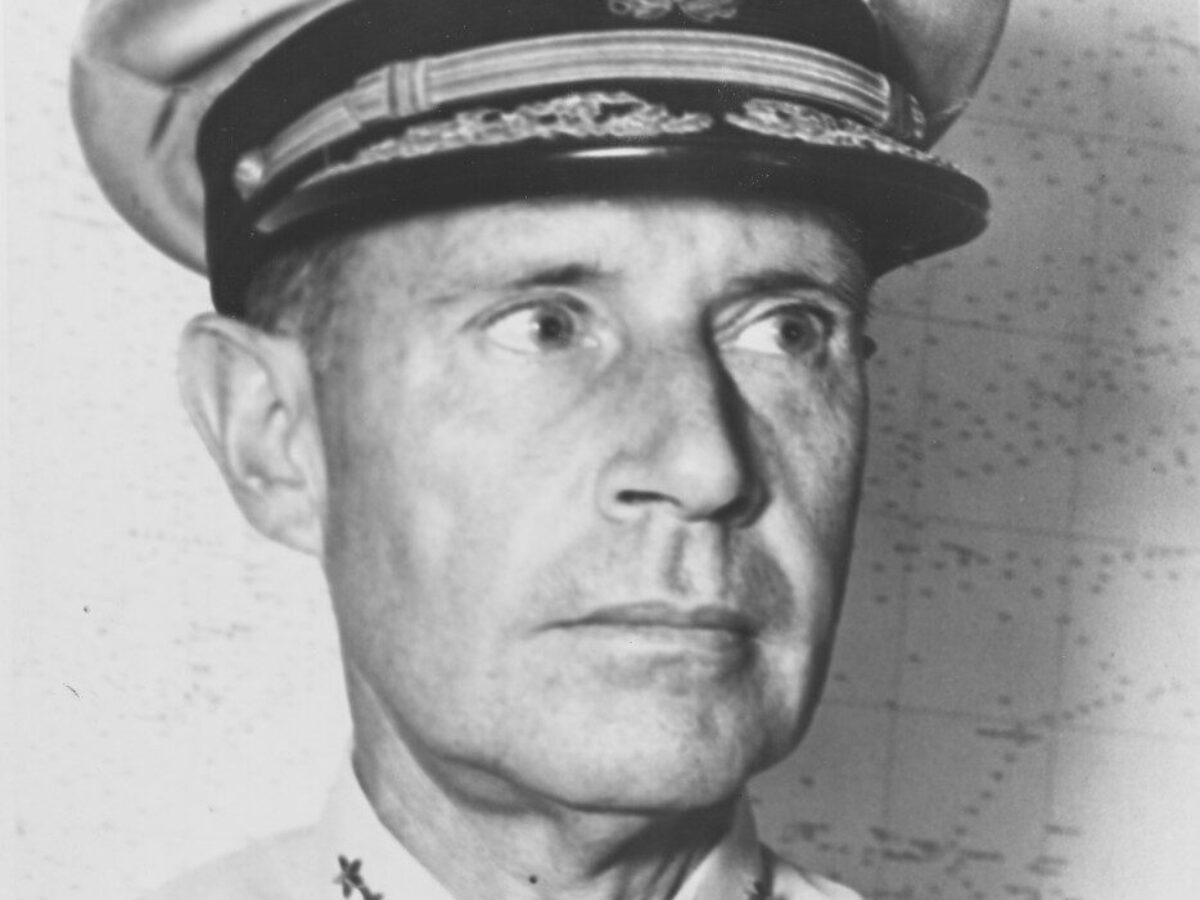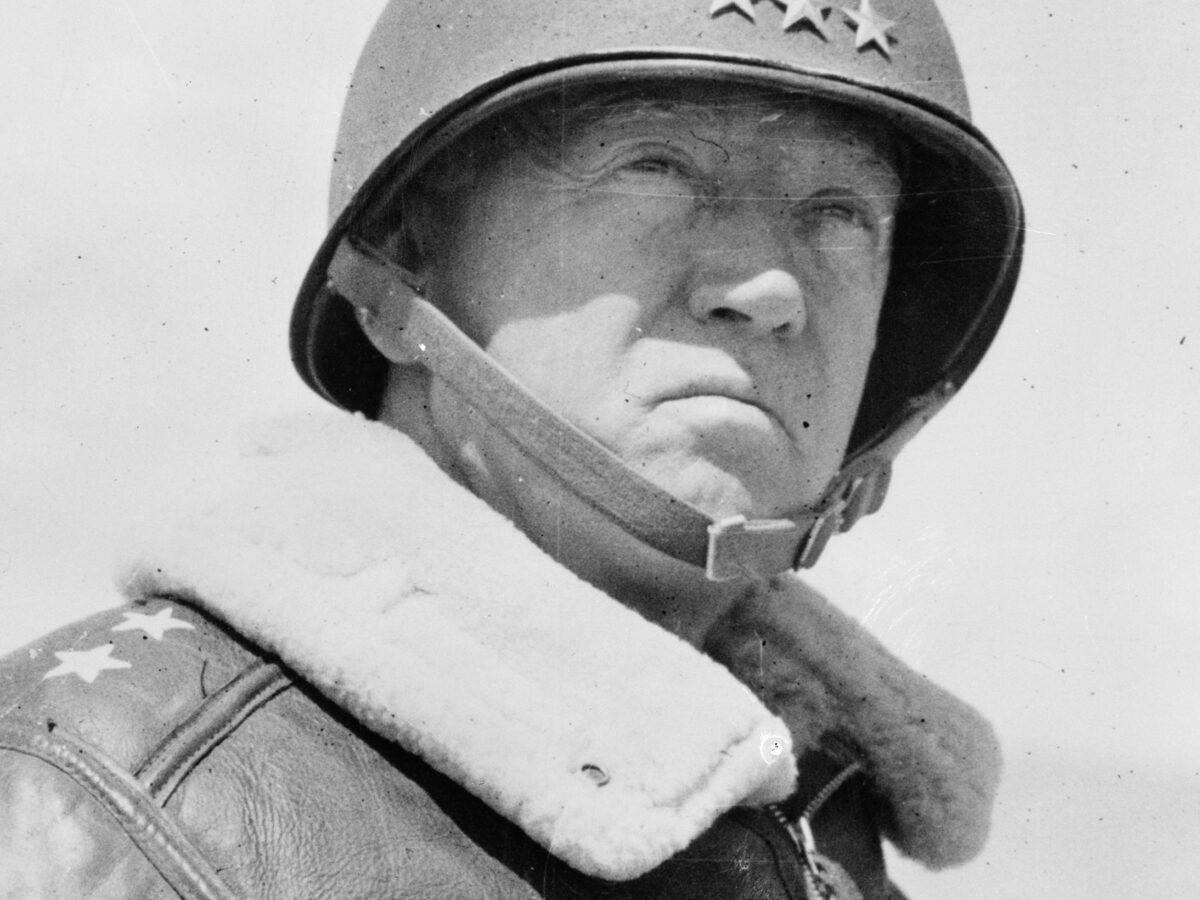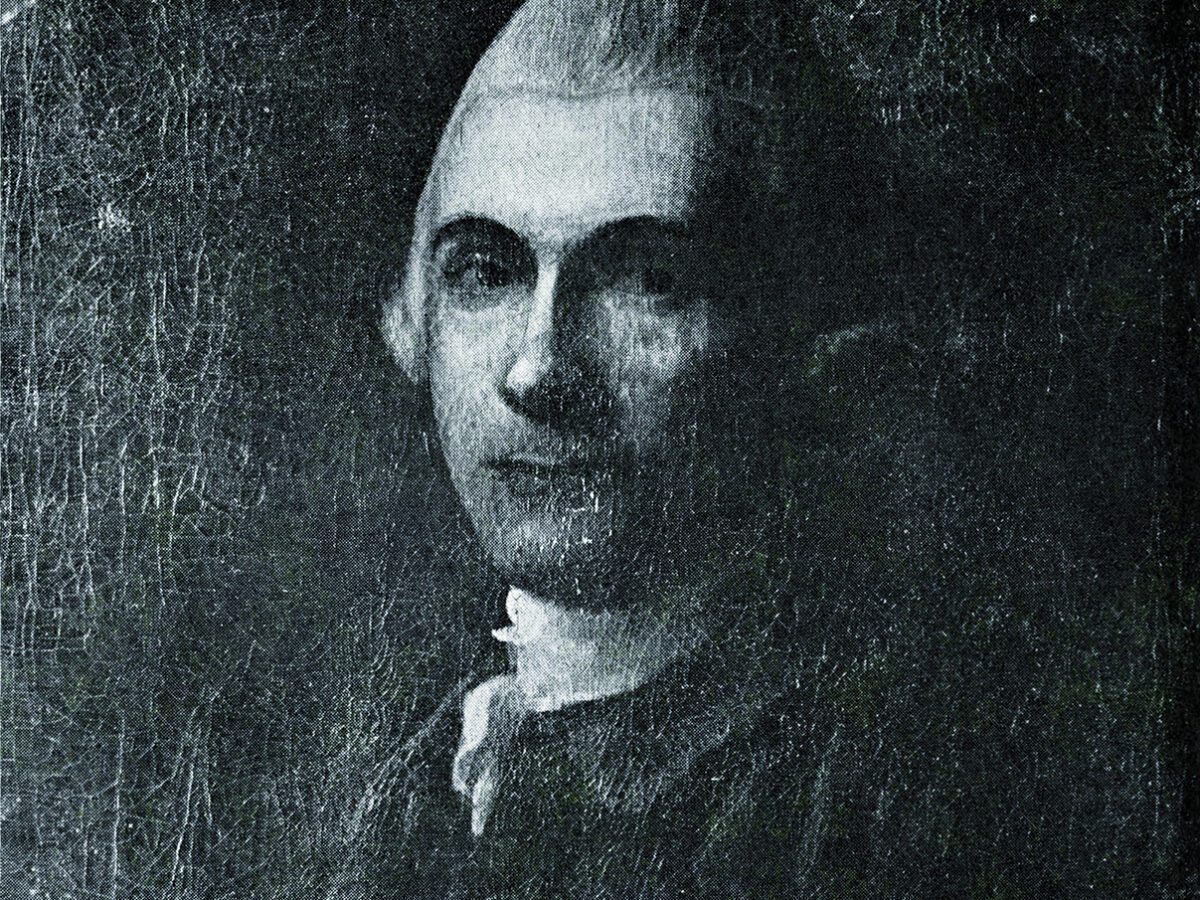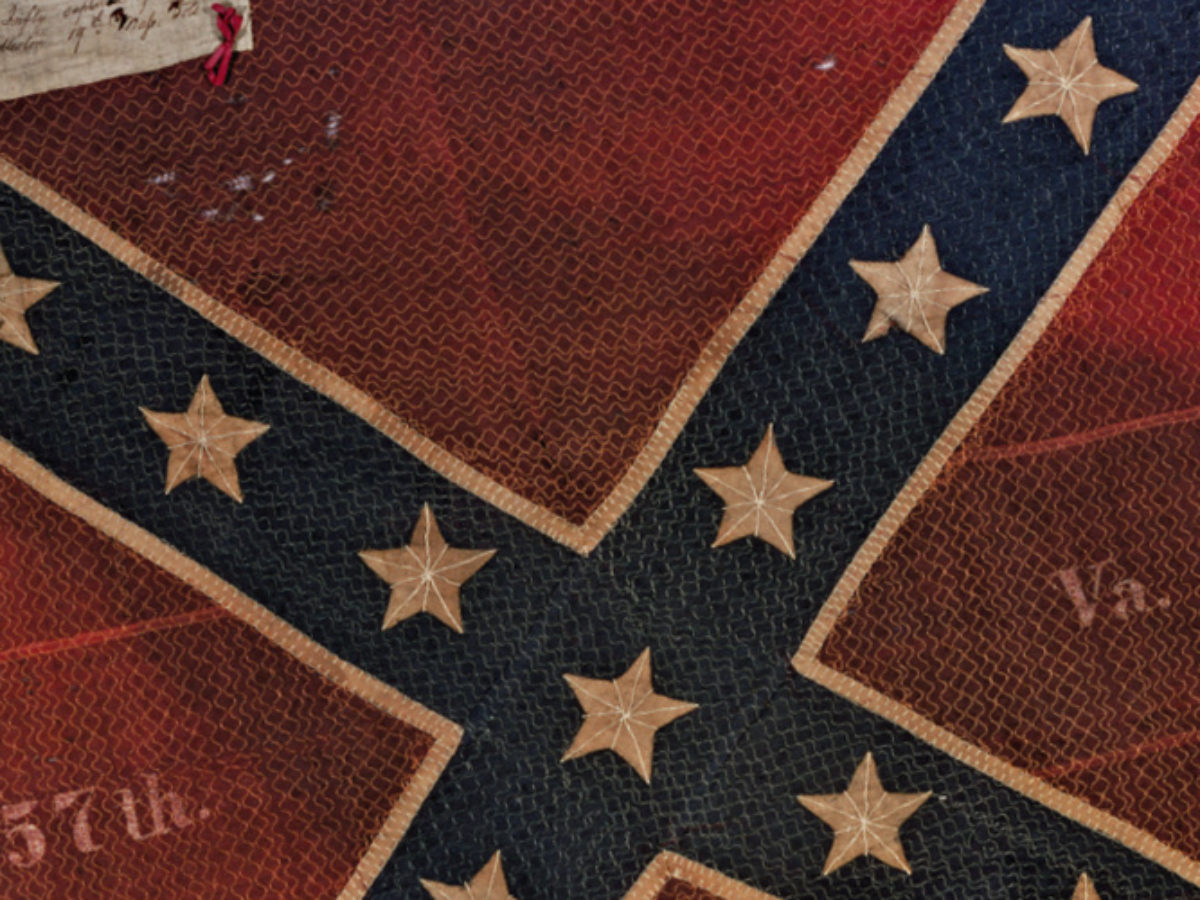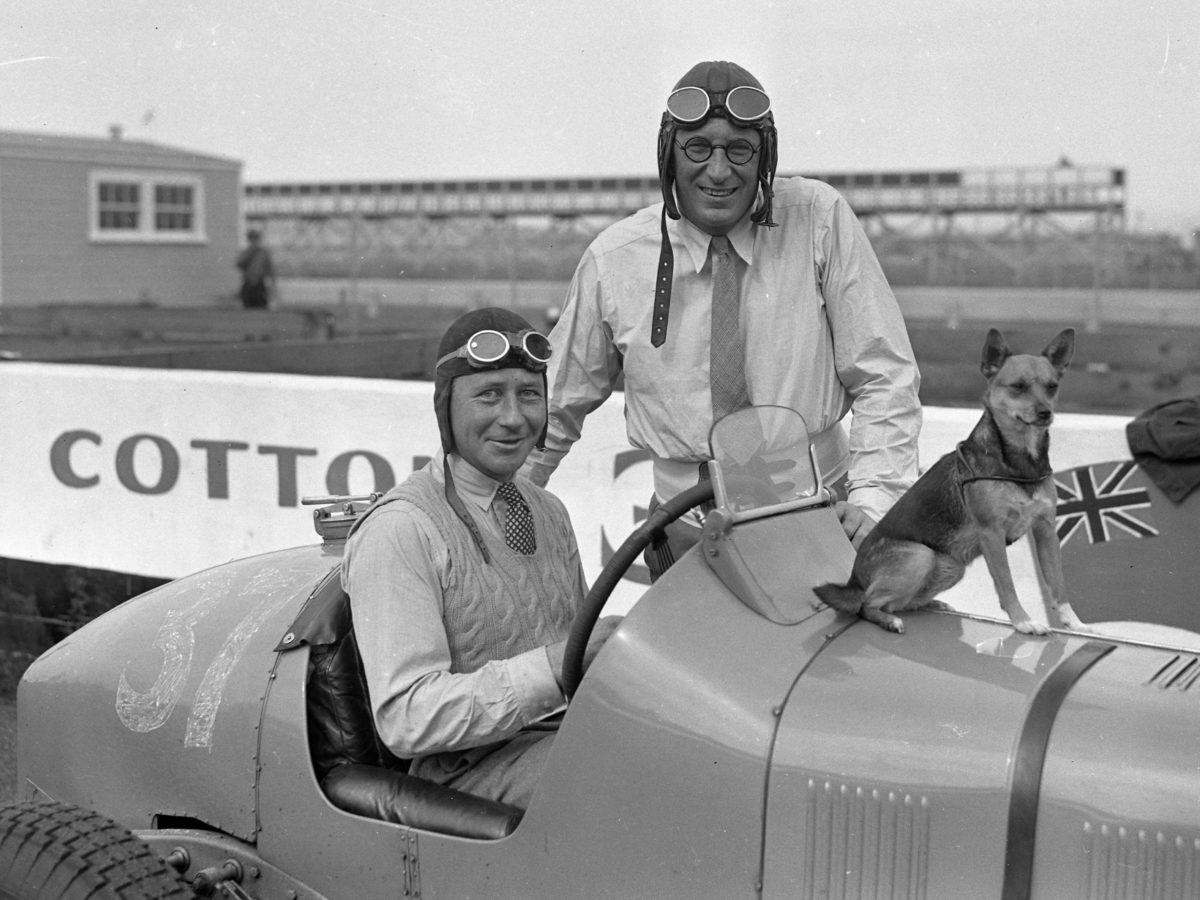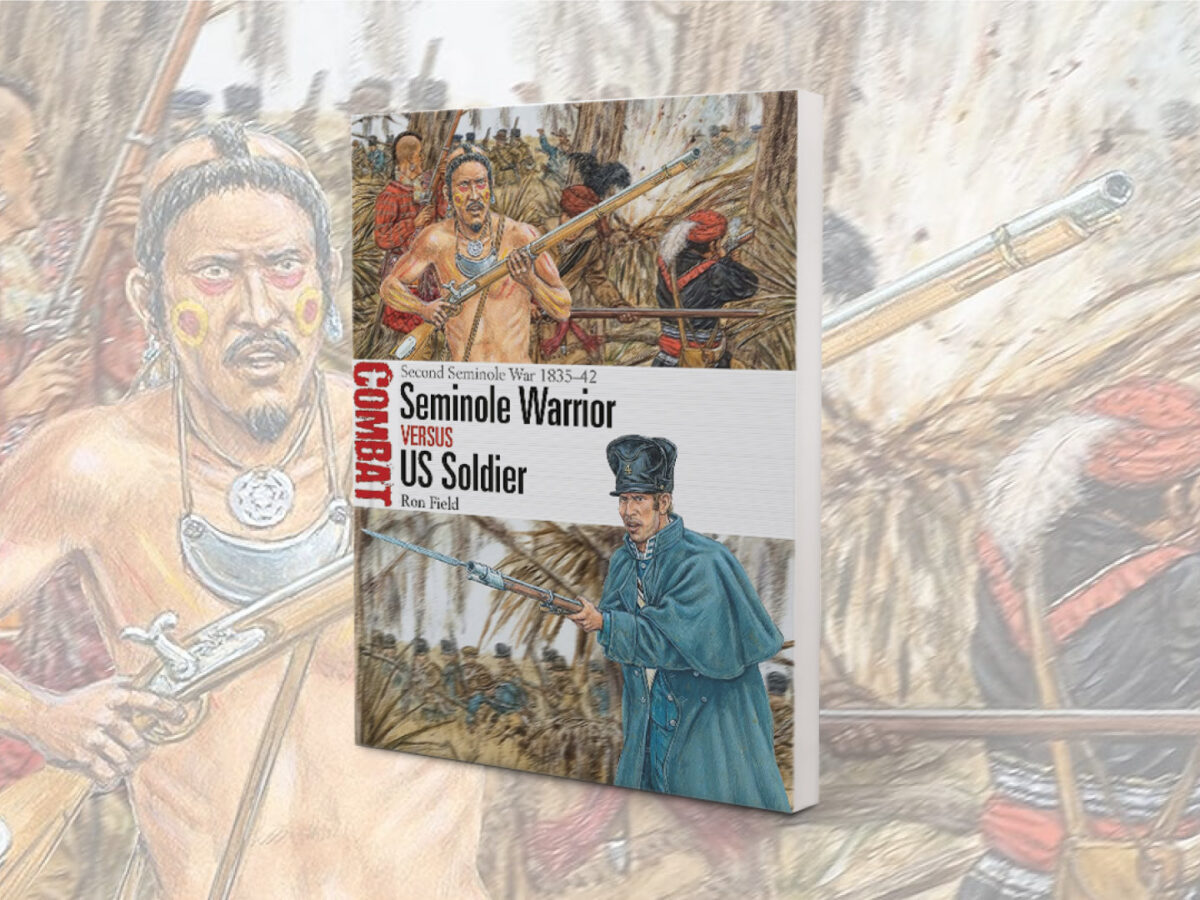
Seminoles Taught American Soldiers a Thing or Two About Guerrilla Warfare
During the 1835–42 Second Seminole War and as Army scouts out West, these warriors from the South proved formidable.
Read onOur Podcast
This Week in History
What If…?
Weapons & Gear

Buffalo Bill’s Tours of Italy and the ‘Spaghetti Western’ Inspired Replica Old West Firearms
Rifles and revolvers made by Uberti, Pietta, Pedersoli and other Italian firms remain popular.
Keep readingHistoryNet Archives: Best U.S. General?
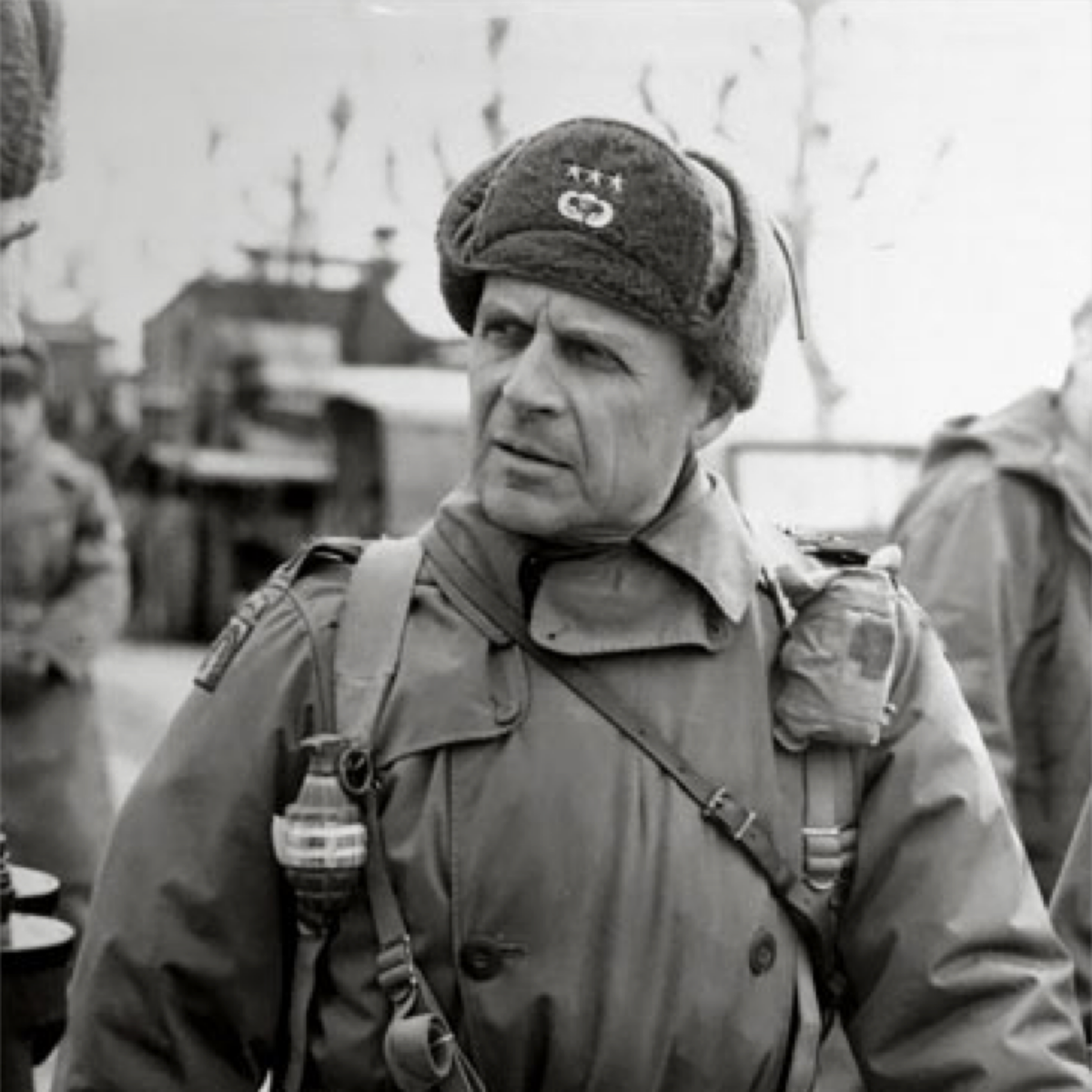
The Man Who Saved Korea
Matthew B. Ridgway, who brought a beaten Eighth Army back from disaster in 1951, was a thinking—and fighting—man’s soldier.
Keep readingEDITORS’ PICKS
In 1807 a French Officer Field-Tested an Artillery Tactic That Remained Decisive for More Than a Century
The breakthrough came during the Battle of Friedland, the victory that decided the War of the Fourth Coalition in Napoleon’s favor.
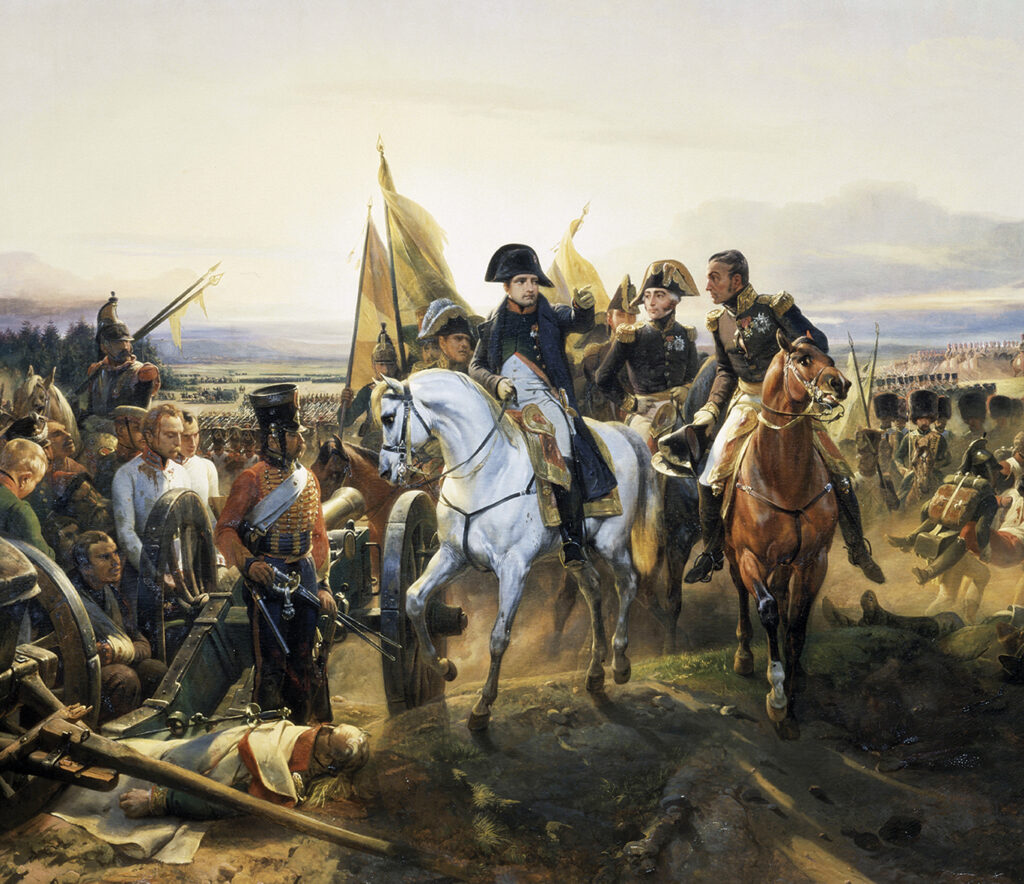
historynet magazines
Our 9 best-selling history titles feature in-depth storytelling and iconic imagery to engage and inform on the people, the wars, and the events that shaped America and the world.
